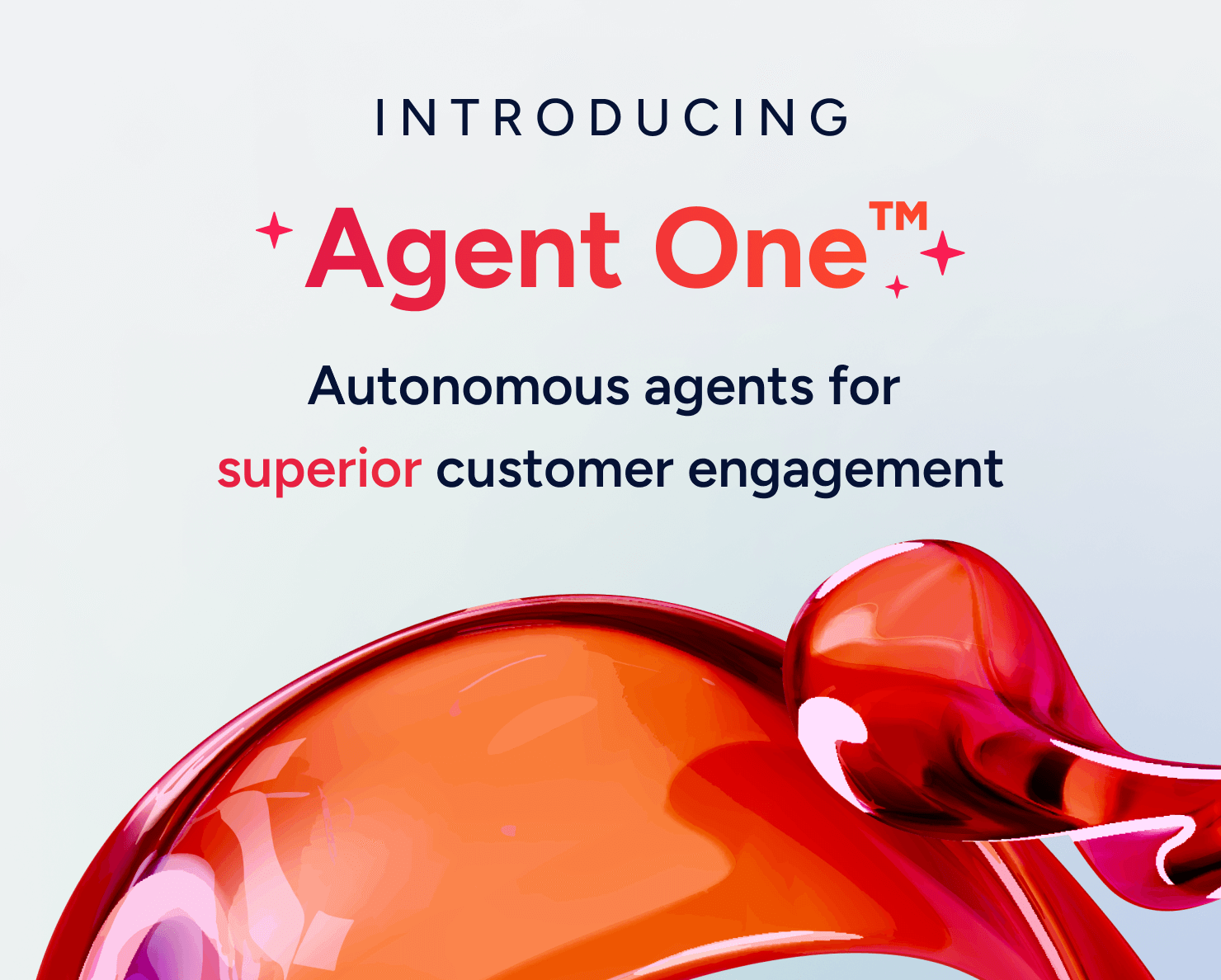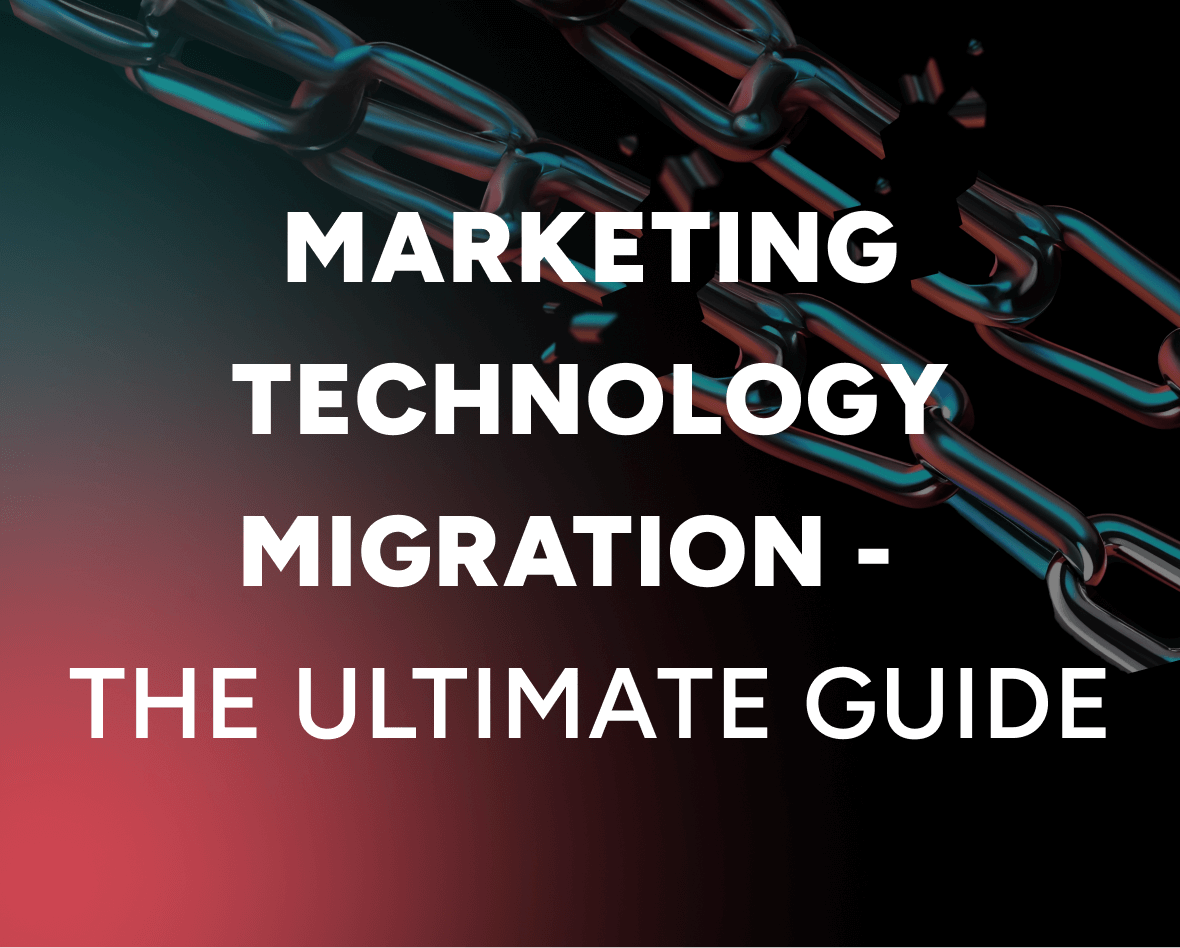Personalization in retail: Your guide to meeting (and exceeding) customer expectations
“If we have 4.5 million customers, we shouldn’t have one store; we should have 4.5 million stores.”
That quote from Jeff Bezos in a 1998 interview with The Washington Post is further proof that Bezos was ahead of his time. Today, especially as more customer experiences have moved online, personalization in retail has quickly transformed from nice-to-have to non-negotiable.
Updated on 19 Aug 2024
Today’s customers don’t just prefer a personalized customer experience—they expect it. According to McKinsey, 71% of customers say they expect companies to deliver personalized interactions, and 76% of them are frustrated when brands fail to do so.
Yet, even though brands say they personalize 61% of their customer experiences, consumers only recognize 43% of their experiences as personalized. It’s proof there’s still some work to be done to exceed customers’ expectations and knock retail personalization out of the park.
Wondering how to make the most of hyper-personalization in retail without sacrificing scalability and sustainability? This guide has answers to your burning questions.
What is the value of personalization in retail?
Personalization in retail is more than a trend or a flash in the pan—it’s revolutionized how brands engage with shoppers and how those interactions shape customer behavior.
Ultimately, Jeff Bezos was onto something: the goal of personalization is to deliver relevant and resonant experiences that make shoppers feel understood, valued, and even special, rather than like another order number on a long list.
Getting that right promises a lot of value for businesses, as research from McKinsey says personalized marketing can:
- Cut customer acquisition costs by up to 50%
- Increase revenue by 5-15%
- Boost marketing return on investment (ROI) by 10-30%
Balance sheet aside, personalized marketing in retail isn’t just about converting customers—it’s about getting their attention in the first place. An impressive 72% of consumers say they only engage with marketing messages tailored to their interests, proving that personalization needs to be a priority at every stage of the customer journey.
3 key benefits of personalization in retail
Put simply, personalization is often the deciding factor for customers when weighing whether to buy from your brand or shop elsewhere. That’s pretty compelling evidence for why omnichannel personalization is critical for brands. But if you need more convincing, here are three more reasons why personalization is key.
1. Boost conversions, revenue, and profitability
Personalization has a direct impact on your bottom line by not only better engaging your customers but also increasing conversions. Consider these statistics:
- Retailers saw a 25% increase in revenue consistently due to advanced personalization capabilities
- 80% of customers are more likely to make a purchase when brands offer personalized experiences
- Customers are 110% more likely to add more items to their basket and 40% more likely to spend more than planned if their experience is personalized
- Customers are willing to pay up to a 16% price premium on products for personalized experiences
Personalization gets more customers through to the checkout, increases your average order value, and encourages them to come back in the future—all of which lead to higher revenue and better profitability.
2. Enhance customer loyalty and reduce churn
It’s simple: customers feel an affinity for brands that “get” them and offer experiences tailored to those needs and preferences. One Boston Consulting Group survey found that customers who experience a high level of personalization score retailers 20% higher on Net Promoter Score (NPS) than those who experience a low level of personalization.
With a personalized, omnichannel experience at every stage of the buyer journey, retailers can enhance brand loyalty, promote recurring purchases, and garner more favorable recommendations through reviews and word-of-mouth marketing.
3. Build a better understanding of your customers
Personalization in retail is powerful, but data-driven personalization in retail takes your impact to the next level. Getting personalization right requires you to build a comprehensive understanding of every single shopper, including their purchasing habits and motivations for buying.
Those are insights you can use to improve your personalization strategies, make informed decisions about product lines, and boost your overall customer experience.
Omnichannel strategies for personalization in retail
Most retailers today claim to “personalize” the shopping experience, but few get it right—hence the gap between brand and customer perceptions we mentioned earlier.
So where’s the disconnect? Many brands confuse segmentation with modern personalization techniques. And while segmentation is certainly important, it’s only the beginning of the personalization process.
To realize the true impact of personalization, an omnichannel approach—one that merges physical stores, ecommerce sites, mobile apps, and other touch points—is crucial for reaping the benefits of a shopping experience that’s both personalized and consistent.
Considering omnichannel customers shop nearly twice as often as single-channel buyers and spend more too, it’s crucial to know how to get started with an omnichannel personalization program. We split it into three foundational steps:
- Unify your customer data: Successful omnichannel marketing automation and personalization starts with a 360-degree view of your customers, usually with the help of a customer data platform (CDP). CDPs help marketers unify shopper data from digital and in-store customer interactions and uncover insights about customer needs and preferences.
- Segment your audience based on predicted behavior: Segmentation has advanced well beyond relying on standard user characteristics to identify and categorize your target audience. With AI, brands can get much more granular with their segmentation and targeting efforts by using predicted behaviors, such as the likelihood to purchase or engage on a specific channel.
- Create a unified customer experience: Having the data isn’t enough—you need to activate it across channels. This means using your customer data to send the right message to the right person through the right channel at the right time. After all, data is only powerful if you take action on it. Insider provides native support for more than 12 channels, so you can manage communication across channels without draining your marketing team’s time, energy, and resources.
With this aggregation, segmentation, and activation groundwork in place, you’re ready to leverage additional strategies to deliver hyper-personalized experiences to your shoppers, including:
- Use pre-built templates to efficiently build multichannel customer experiences: Reach your ecommerce goals quickly with pre-built personalization templates that deliver personalized experiences without so much legwork and elbow grease.
- Deliver conversational commerce experiences on preferred channels: Turn to WhatsApp Commerce to deliver end-to-end buying experiences on a channel your customers already use and love.
- Conduct A/B testing to optimize your efforts: Scale your testing efforts to direct different sets of customers to different channels and see which strategy performs better. Turn to AI to detect the winning variation or path and then automatically direct the rest of your shoppers that way.
- Optimize your delivery schedules: Use send time optimization to deliver experiences and communications exactly when each individual user is most likely to engage. Put an end to the guesswork or multiple rounds of A/B testing and easily determine the optimal time to trigger each step in your campaigns.
Personalization in retail: Overcoming challenges
Personalization offers numerous benefits, but it’s not without its challenges. And when 86% of customers say they’re concerned about their data privacy, it makes sense that most personalization hurdles relate to privacy.
Fortunately, most consumers recognize that they need to exchange their data for a more personalized experience, and an impressive 83% of customers say they’re willing to do so, provided retailers are transparent about how they use that information and customers have some degree of control over it.
So it’s up to businesses to strike the right balance between customization and consumer consent when it comes to data privacy. Here are a few recommendations to get this right:
- Clearly communicate data collection and usage practices to proactively address concerns and build customer trust
- Rely on cookieless personalization to ensure ethical and responsible personalization
- Collect customer preferences with explicit opt-in mechanisms to build trust and transparency
- Create a scalable data infrastructure to streamline data aggregation with easy connectors and to activate data in real-time
The future is here: AI for personalization in retail
You can’t talk about personalization in retail examples, challenges, and strategies without mentioning the role of AI. In one 2023 survey, 40% of retail directors say they’re using artificial intelligence for some operations and departments. When 60% of retailers say they’re planning to increase their AI investments in the next 18 months, we’re going to see that number continue to increase.
But how does AI fit in with your omnichannel marketing automation? Here are a few ways Insider leverages AI to deliver more personalized and engaging customer experiences:
- AI-powered recommendations: Algorithms deliver AI product recommendations tailored to individual preferences, which improves shopping experiences and increases the likelihood of purchases.
- AI-led merchandising: Insider’s site search and merchandising solution, Eureka, uses data and AI to deliver the most relevant search results to customers. Eureka understands the intent and context behind every search query to ensure customers find what they’re looking for in the fewest clicks possible.
- Conversational commerce: With advanced intent recognition, AI-powered chatbots can handle complex customer inputs to recommend the right products, resolve inquiries, and more.
- Generative CX: Put your customer experience on autopilot with GenAI. Build targeted segments in a fraction of the time, orchestrate connected omnichannel customer journeys in seconds, and generate campaign copy automatically.
Ultimately, the best shopping experience is one that’s highly personalized. And while that might’ve previously seemed like an impossible feat for retailers, modern technology makes effective personalization not only possible but painless.



















